Advice I’d Give to the Photographer I Once Was
Jul 26, 2025

Over the years, I’ve learned that some of the most valuable photography advice doesn’t come from books, courses, or gear upgrades. It comes from living. From the sessions that cracked something open in me. From the quiet moments I almost missed. If I could offer any wisdom to the photographer I once was, the one trying so hard to get it right… it wouldn’t be about settings or sharpness. It would be about seeing. This post is a reflection on the lessons that shaped me, not just as an artist, but as a human with a camera and what I’d whisper now to that younger version of myself still learning how to trust her eye.
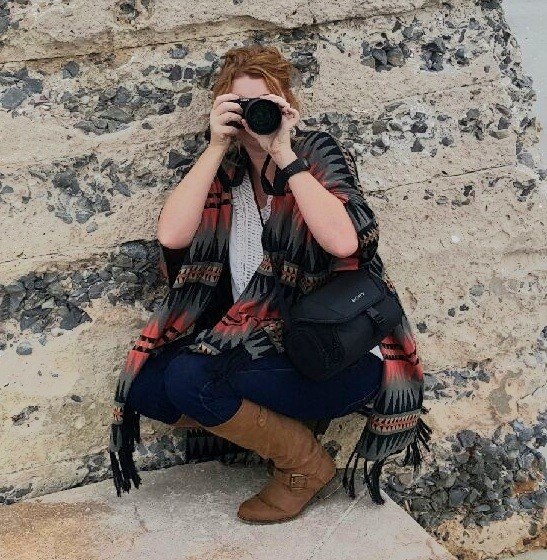
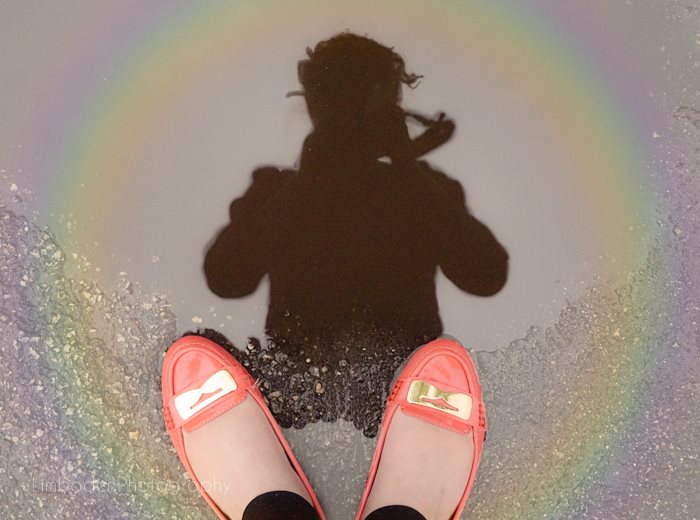
A Letter to the Photographer I Once Was
Dearest Letha,
If I could sit beside you… your camera resting in your lap and that familiar swirl of doubt settling in your chest, here’s what I would whisper:
You don’t have to make everyone happy or follow every rule. And please, don’t keep photographing things that don’t feel like you.
Just stay.
Stay with what stirs something in you. With the quiet, the messy and the honest. Notice the art that pulls at your chest, even if no one claps for it yet. You loved seeing what others missed and creating just to create.
You always had the eye, but you didn’t yet know how to trust it. I know that you want your work to matter, and I know how hard you work to make it polished and correct as if art had to pass a test. You were so drawn into the feeling of being behind the lens. How it has the ability to let you disappear and show up all at once.
You feared getting it wrong and feared not being enough. But here’s what you didn’t know yet:
You are already on your way.
The real work and lesson was never about getting it “right.” It was about learning to see with your whole heart open. This is the kind of photography advice no one really teaches. It’s the kind that only time and experience reveal.
With love,
The version of you who finally trusts the quiet things.
Letting Go to See More
And so, I focused on what I thought made a good photographer: perfection. Posing. Proper light. Perfect settings. Keeping things tidy and impressive. I tried to make others happy with what I created… clients, friends, strangers online. I didn’t know yet that the clients I longed for would only find me when I made work that felt like mine.
It wasn’t until years later after my children had grown, after witnessing loss, after watching my parents grow older that I began to see what I’d been overlooking all along:
The slowness. Soft moments held between gestures. The real.
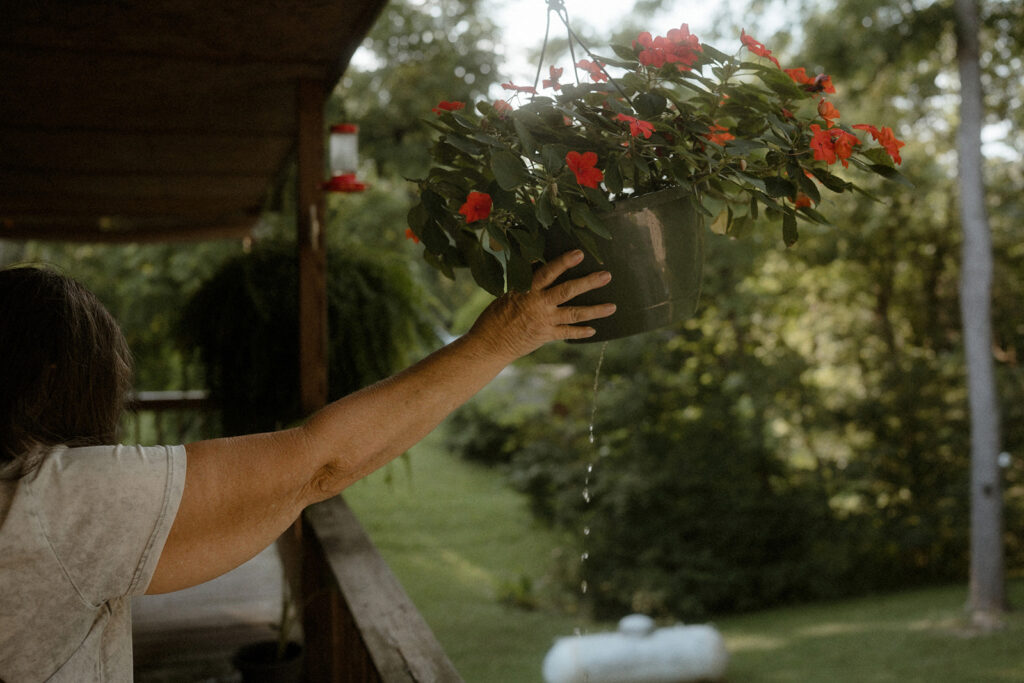
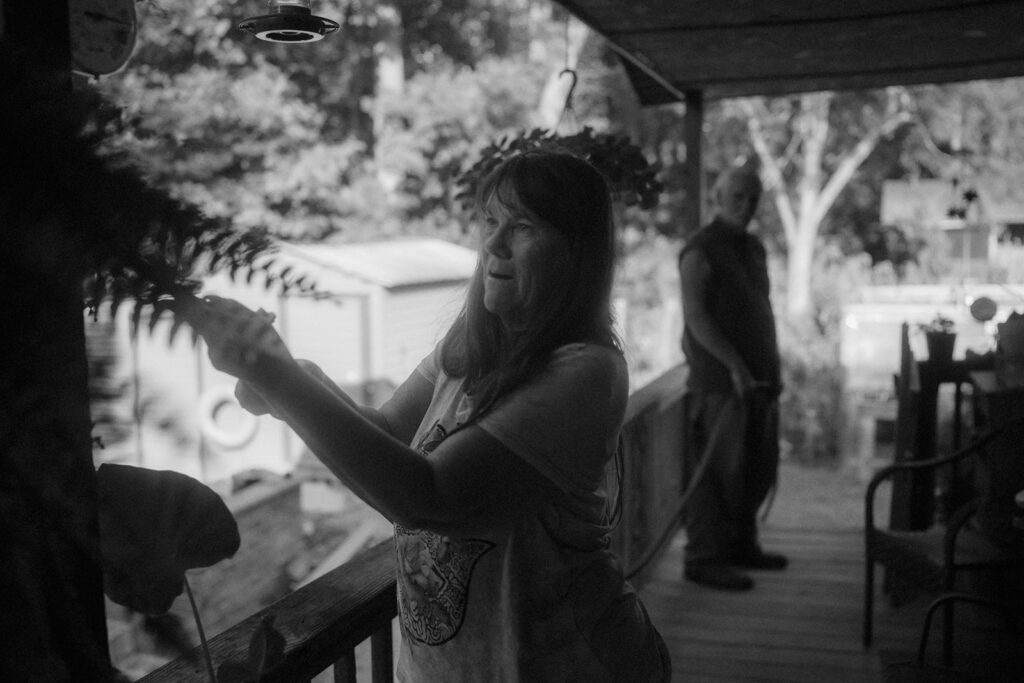
The way my mother waters her plants without thinking still moving gently even when her knee ached. How my father reaches his arm out to help, not because he has to, but because he always has. The familiar sound of laughter from the next room, now a little more precious.
A soft glance between two people who’ve weathered life together. The brush of a hand across a child’s back. Or the space between a deep breath and the next word spoken.
These are the things I almost missed when I was younger in this business. Too busy worrying about technical perfection, timelines, posing, pleasing, proving.
It wasn’t about the ability to use a flash, flawless exposure or symmetry that made people feel something, it was the honesty of what was unfolding. The more I let go, the more I saw. And when I finally gave myself permission to feel through the work… to trust my instinct, to stop waiting for “perfect” and just be. That’s when my art became mine. And it’s when my clients found me. Not because I offered the cleanest edits or the safest poses, but because I noticed what they didn’t know they’d miss one day.
The Emotional Turning Point
There are sessions I’ll never forget. Not because the light was perfect or the colors fell just right, but because something deeper shifted.
I remember talking with a dear friend shortly after her husband passed away. Through tears, she told me her favorite photo of him wasn’t from a family session or a posed portrait. It was a candid shot someone had taken of him laughing mid-conversation, in their kitchen, coffee mug in hand. She said, “It was just so him.” That image became a tether to who he really was, in all his aliveness. That conversation stayed with me. It cracked something open. I began to see that the images we return to… the ones we need, aren’t always the ones we planned for. They’re the ones that feel like the person we love.
Another moment came when I traveled north to visit family I hadn’t seen in years. There were no plans, no color schemes, no golden hour. Just raw, ordinary togetherness. Laughter echoing in kitchens, arms wrapping around each other, the quiet relief of being in the same room again. It didn’t matter what anyone wore or whether the image was “flawless.” What mattered was now, the closeness that time had stretched and softened.
And then, there was the day I visited my mom after her knee surgery. I watched her shuffle slowly toward the windows to water her plants, and I saw my dad silently following behind to steady her if needed. It was a quiet choreography of love I’d seen a thousand times, but this time I noticed. I photographed her hands on the watering can, his hand reaching out without being asked. It wasn’t grand, but it was everything.
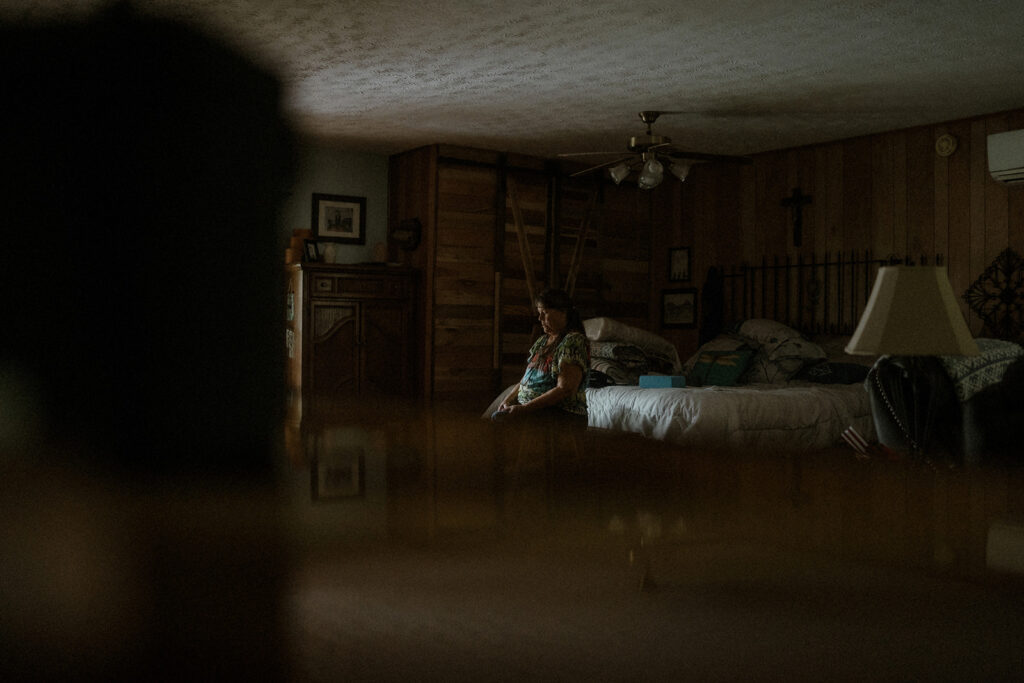
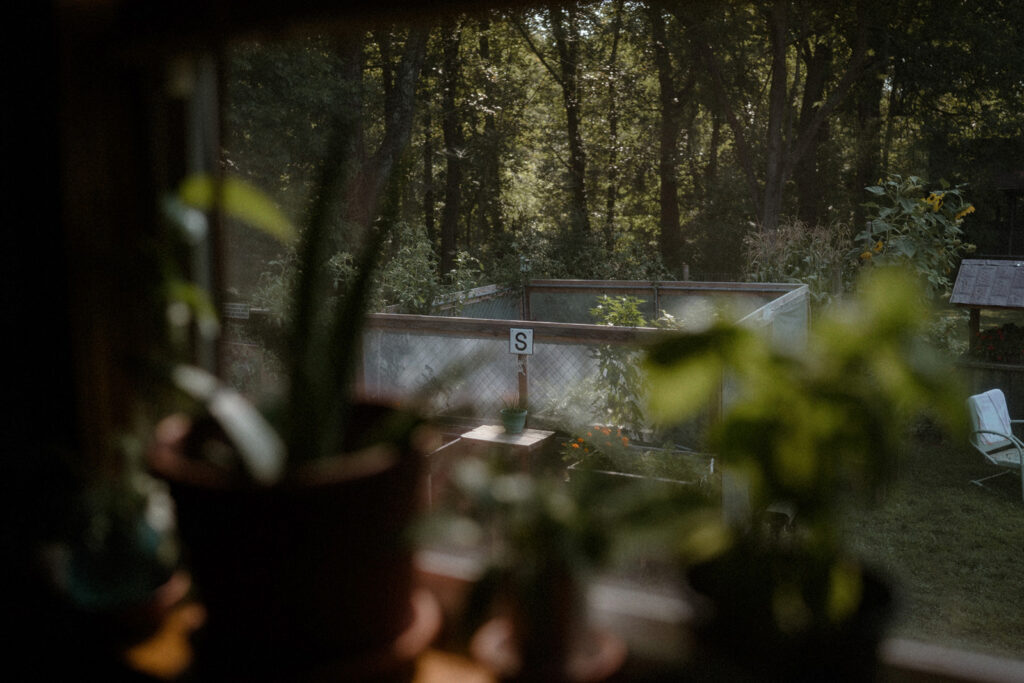
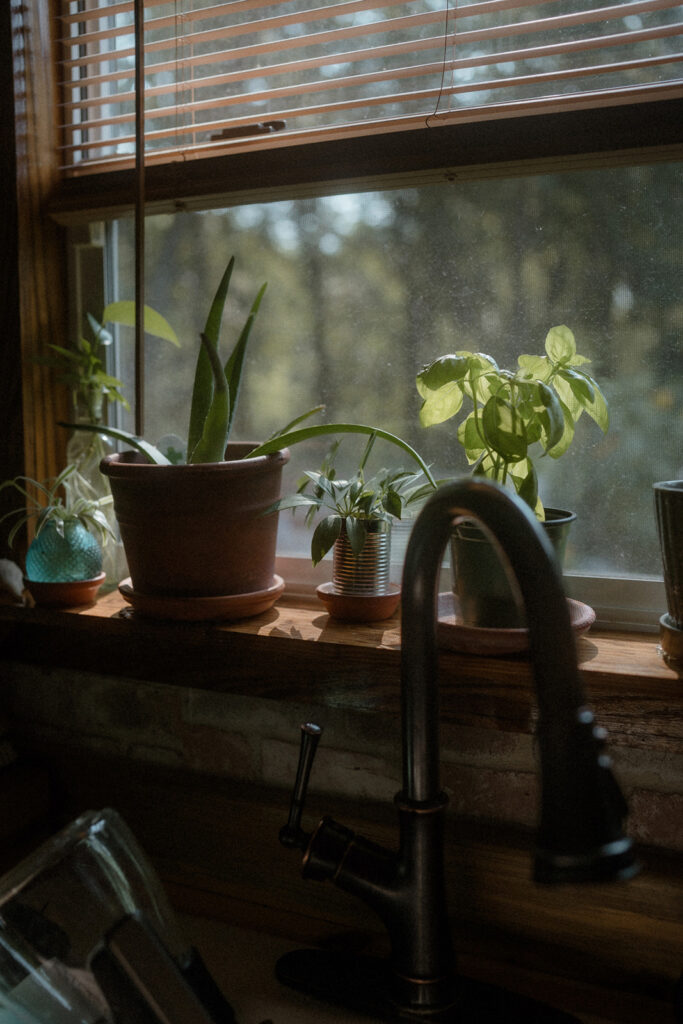
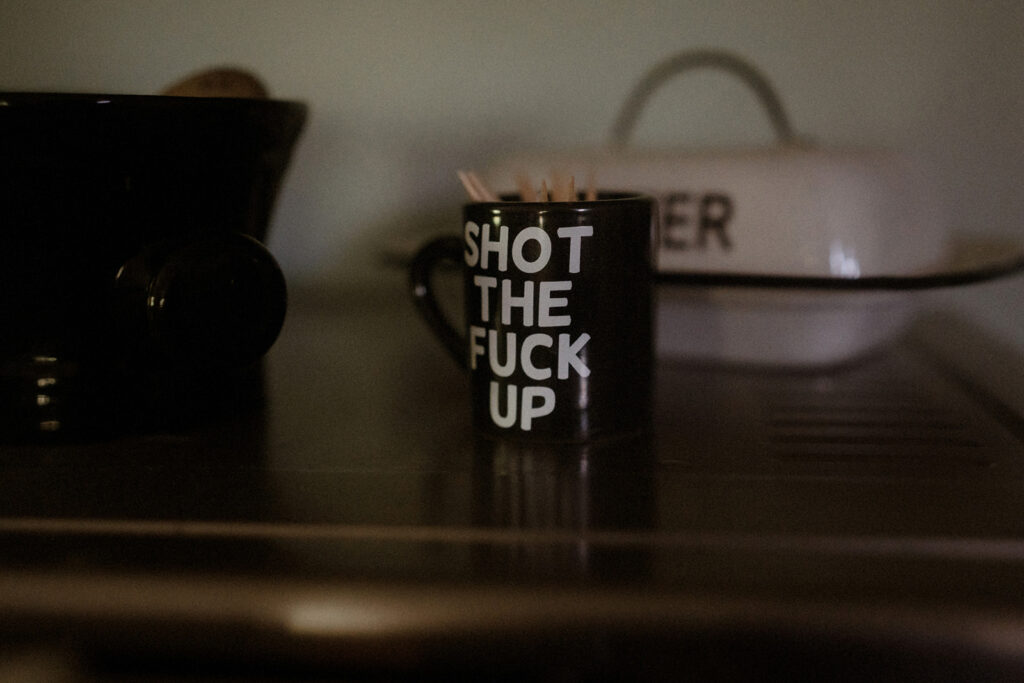
My lens had changed.
That was when I realized everything had changed. Not because I upgraded my gear or learned a new technique. But because I had changed.
I stopped looking for the “perfect frame” and started paying attention to the quiet ones instead. The tenderness, the way light moves across a shoulder, the way someone’s eyes shift when they think no one’s watching.
I no longer wanted to just take a good photo.
It was time to make images that meant something later. To capture the way a moment felt so when someone looked back, they didn’t just see it… they could feel it again.
Grief, age, motherhood, reconnection… they’d all carved something deeper into how I saw the world. I wanted to remember and I wanted others to remember.
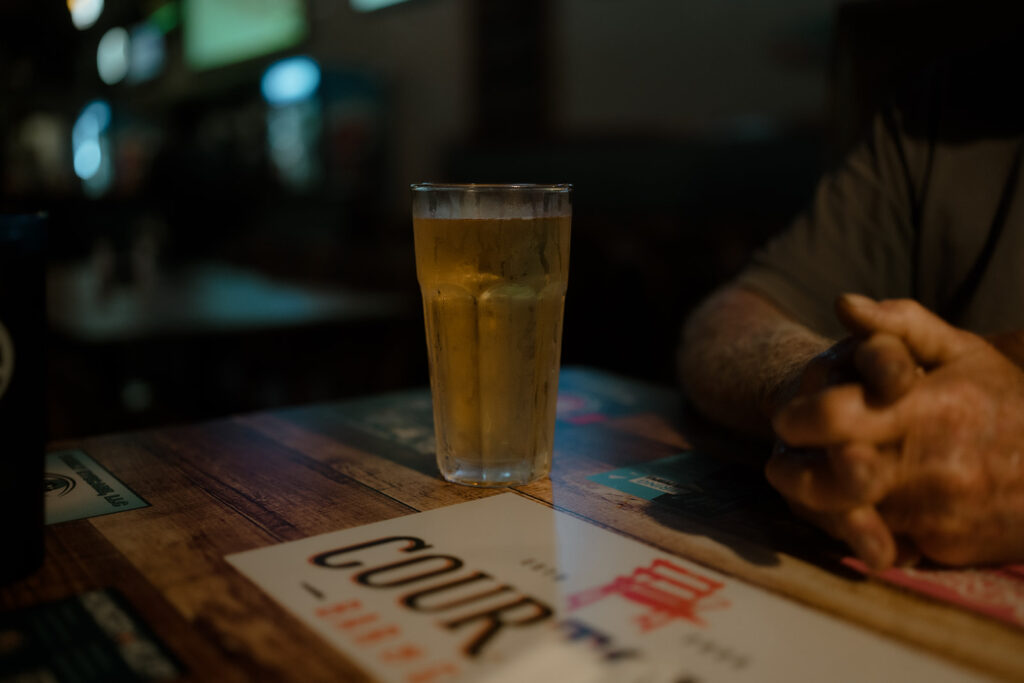
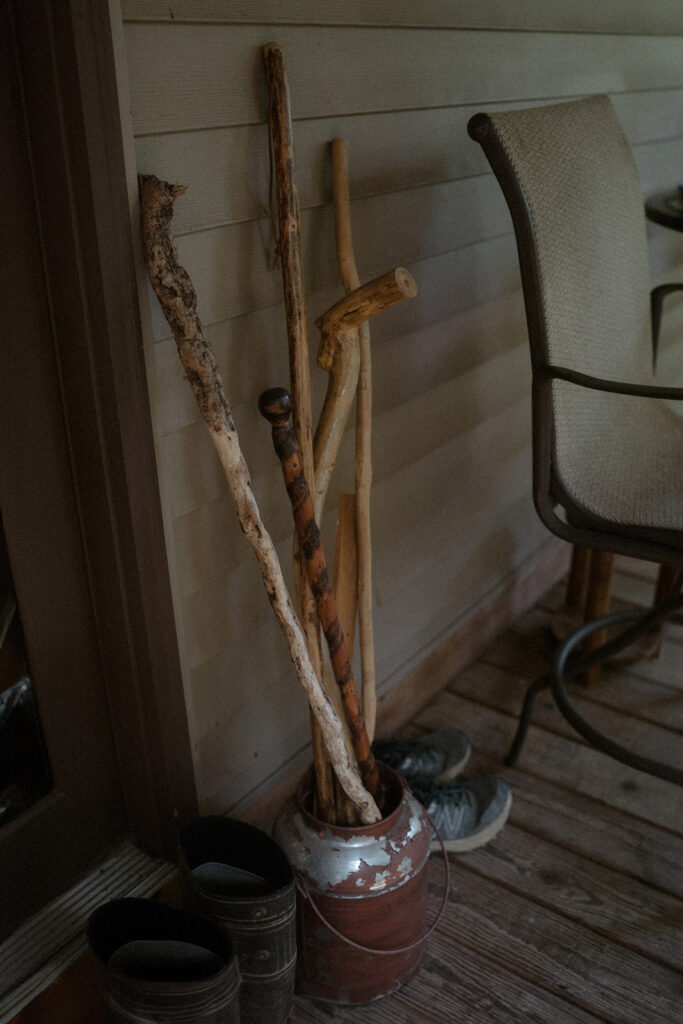
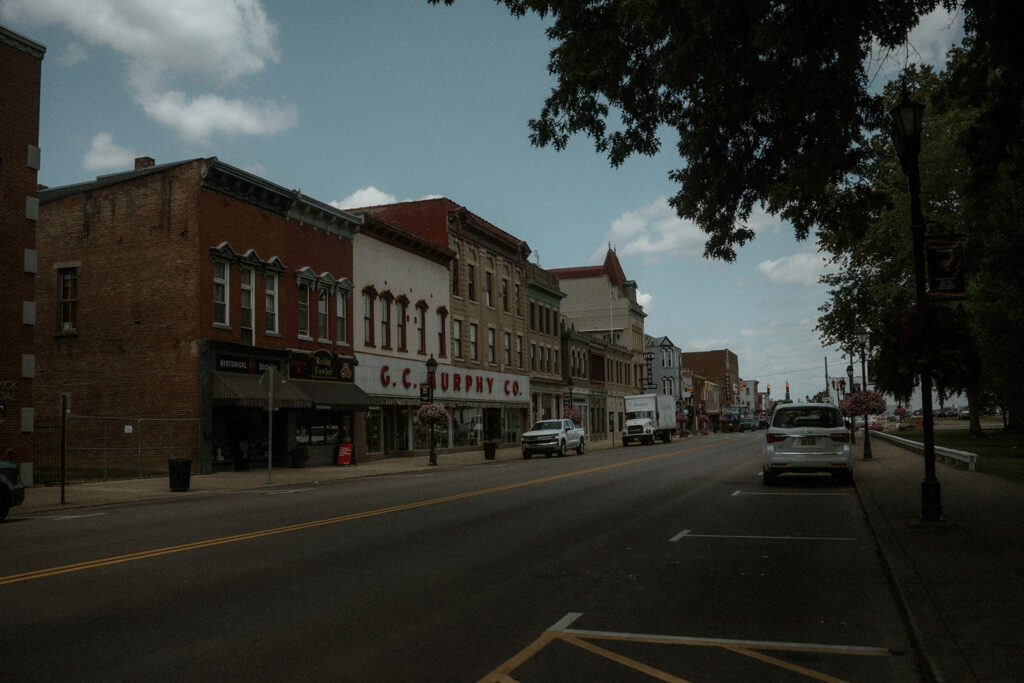
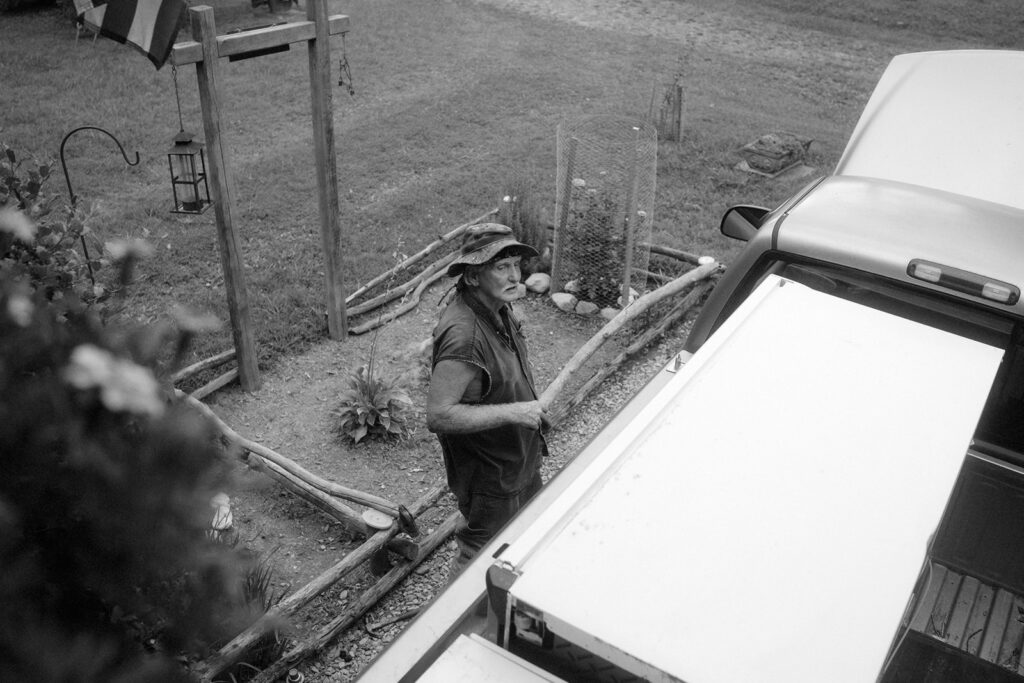
The Lessons That Took Time
Letting Go of Who You Thought You Had to Be
- Stop trying to make everyone happy. You’re not here to please everyone, you’re here to see. The right people will be drawn to the way you do that, even if you don’t see it yet.
- Don’t shoot what doesn’t feel like you. It’s okay to say no. It’s okay to walk away from sessions that don’t align. The more honest you are in your work, the more your people will find you.
- You don’t need to fit into a trend. Your voice will grow stronger the more you listen to it. Quiet the noise. Trust what pulls you.
- You’ll grow out of your own rules. And that’s a good thing. Don’t cling to the way you started. Let your art evolve alongside your life.
How Art Grows When You Do
- Let go of technical perfection. You’ll waste too many hours chasing sharpness, symmetry, and “correctness.” None of it matters as much as the way someone laughs or the way a child curls into their mother’s shoulder.
- Flash isn’t a requirement for every session. Don’t cling to it out of fear. You’ll think it makes you more professional. Eventually, you’ll learn how to dance with natural light, how to embrace shadows, how to trust your eye.
- Curate less. Feel more. You’ll be tempted to pick the photos that look “best”, but the ones that hold memory are the ones people will treasure most. Even if no one’s eyes are open.
- The most important moments often happen outside the frame you planned. Watch what unfolds before and after a moment. Some of your favorite images will come in the seconds no one expected.
The Soul of the Work
- Slowness is not wasted time. Let sessions breathe. Give space for comfort, for wandering, for stillness. That’s where the magic lives.
- The session doesn’t have to be perfect. The light might fade. The kids might melt down. The wind might undo every hairstyle. Let it. Perfection isn’t what we’re here for. Presence is.
- Trust that emotion will always matter more. The cleanest edit means nothing without soul. Eventually you’ll learn this. You’ll feel it in your own bones. And once you do, you’ll never go back.
The Superpower: Seeing People
- You have a superpower. You make people feel seen not just photographed. You hold the ability to see someone unlike anyone else. Hold onto that. Nurture it. Protect it.
This isn’t something you can learn in a course. It’s not about posing or editing or having the right lens. It’s about slowing down enough to really witness someone.
Take the time to see the tiny things they didn’t know were beautiful. The way their child clings to their sleeve, the way their partner looks at them when they’re not looking, the way their presence lingers in a room even after they leave.
To see someone truly, without trying to fix, flatter, or impress, that’s sacred work. When you do it right, your clients won’t just say “we love our photos.” They’ll say: “You saw us. We didn’t even know we needed that.” That’s the kind of work that lasts and the kind of work that changes people.
That’s what you’re here to do.
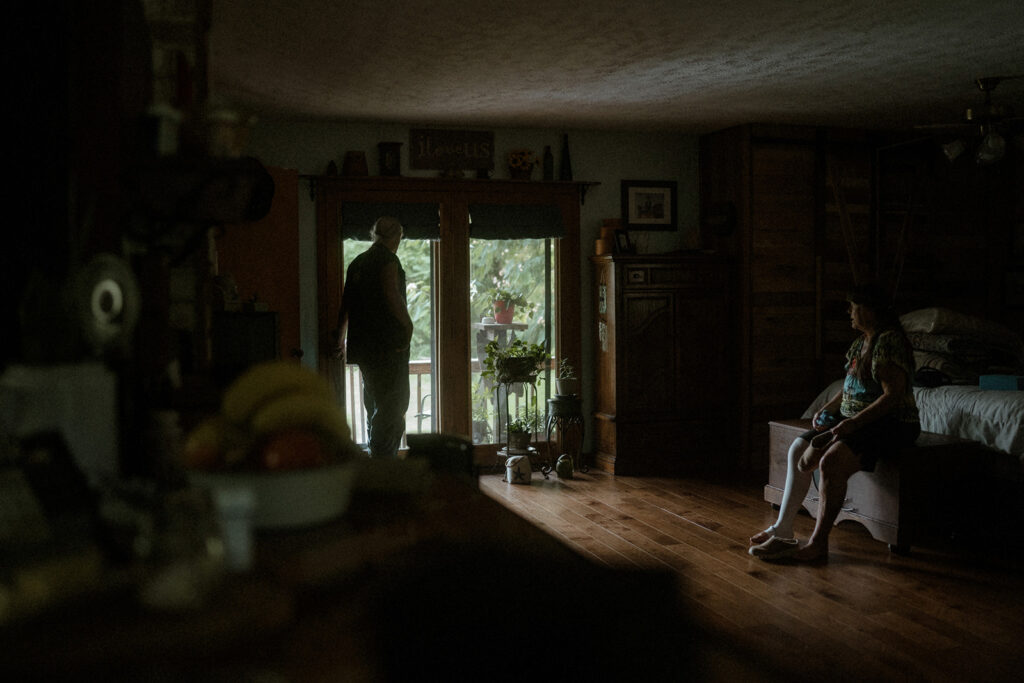
A Final Thought
The truth is, your photos won’t always be technically perfect. If they carry weight and feeling, they will matter more than you can imagine.
Our job is to preserve real life. To honor the memories that might otherwise fade and to remind people of how it felt to be loved.
And that kind of work begins not with settings or presets, it begins with seeing.
If this speaks to you, I invite you to keep reading. In my Documentary Photography – The Most Honest Way to Remember entry, I share how embracing a documentary approach as both an artist and as a client became the most honest and powerful way I’ve found to remember.
Invitation to Grow (Mentorship)
If you’re a photographer who finds yourself in this same place: growing, shifting, craving something more honest, I’d love to walk alongside you.
I don’t teach you how to shoot and edit like me. I help you discover how to see who you are as an artist. My mentorships are rooted in emotional connection, creative freedom, and finding your voice without the outside noise.
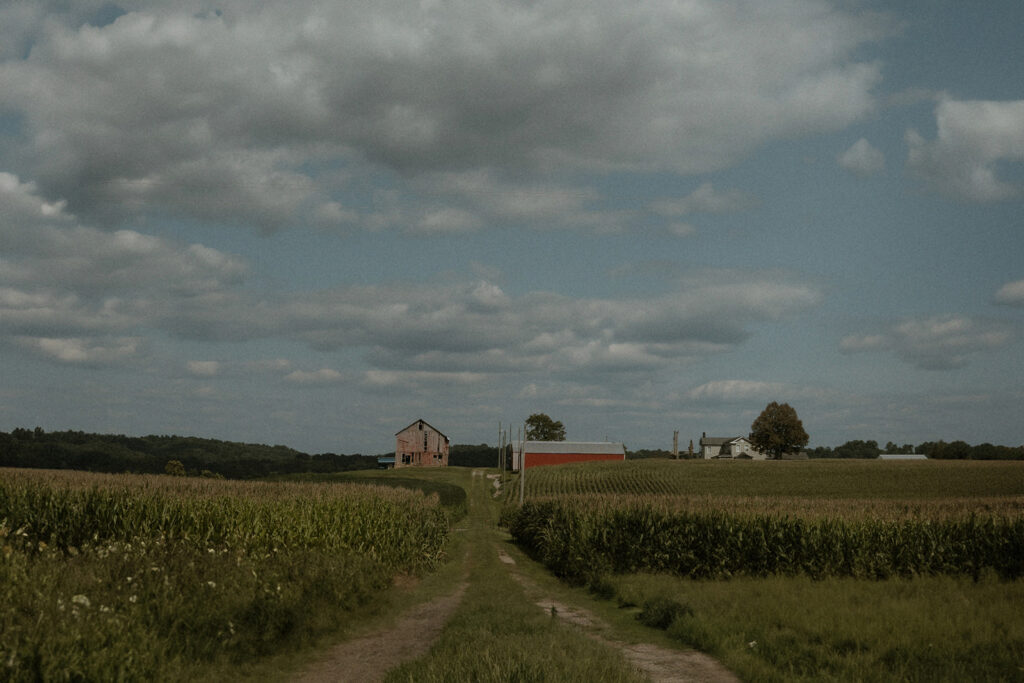
Comments Off on Advice I’d Give to the Photographer I Once Was